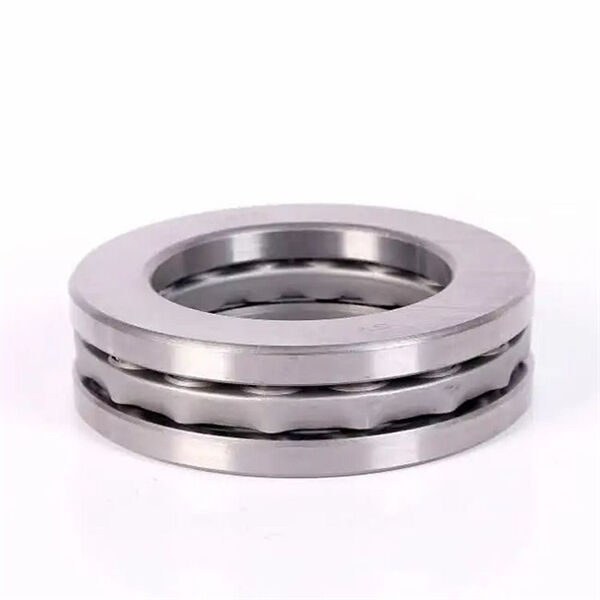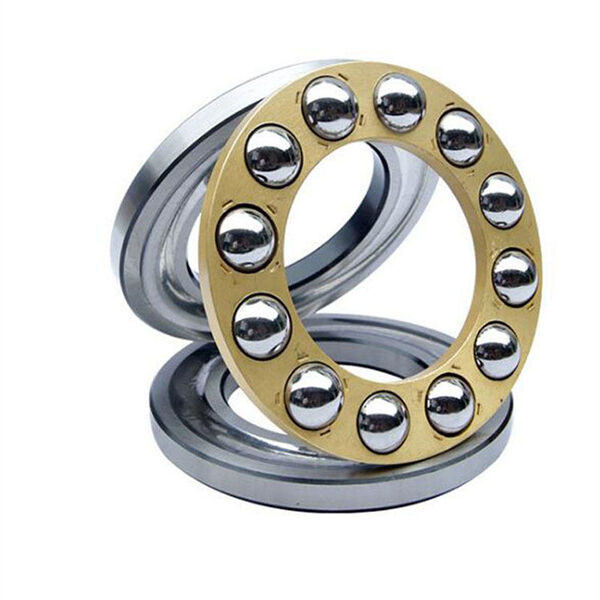As technical as "bearing sleeves" may sound, they are in fact, integral components found in many of the machines and devices we use on a daily basis. They let machines operate smarter, and ensure diligent operation. This article covers information on what thrust ball bearings are, their need, and how we can maintain them in a good shape.
A thrust ball bearing is a particular piece of equipment that increases the load capacity of a machine. Thrust ball bearings help balance out the load when something directly pushes along the shaft and prevent it from wearing. A common example consists of a number of small spheres between two flat plates. They help distribute the weight between the plates, allowing the machine to do its job more easily. There are several kinds and shapes of thrust ball bearings relative to the machines and needs that the thrust ball bearings are utilized.
Auto: Lastly airplane bearings are also utilized in automobiles since bearing sleeve typess are essential for transferring power from engine to wheels. They assist in steering the car, also used in components such as the steering column. In their absence, using a car would be much more difficult and less effective.
Thrust Ball Bearing Installation: When it comes to installing a thrust ball bearing, proper installation is the most important thing. Which translates to finding the appropriate space and lubrication. Take care not to make affordable mistakes: Always follow carefully the guidelines given by the manufacturer.

Lubrication – Bearings require grease or oil for proper function and to prevent damage. Lubrication is key, regular lubrication will help avoid wearing down;) Using the correct type of lubricant, as well as redoing it when necessary, is essential. And, maintaining the bearings with good lubrication will make them function by doing their work longer, too.

Inspection — Your bearings should be inspected from time to time to check for wear or damage. If you detect issues such as odd noises or performance issues, replace the bearing immediately. Taking this quick action can avoid further damage to the machine & also ensures that everything continues safely.

Dual-directional: These bearings are designed to take loads in both directions. They are used in machines that have to move in an oscillating pattern and can provide more flexibility in their operations. This is particularly important in applications where the load is quickly switched in the other direction such as linear motor and servo press etc.